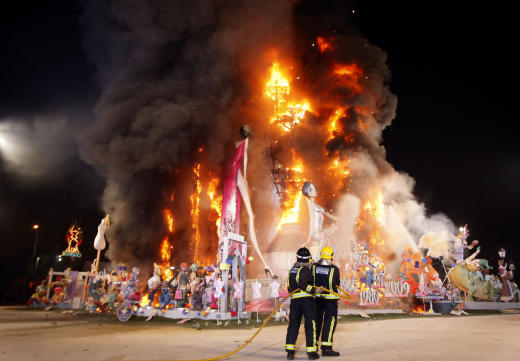The traditional costume of Valencian woman, already dressed before faults appear as a party, has a long tradition in history.
It appeared in the eighteenth century and began as a work outfit for the Valencian labradors, but with the passage of time it was transformed, and led to a more elegant dress that was used on special occasions.
How much does a suit cost?
As for adults, it is more or less from a minimum of 2,000 euros to unimaginable maximums, since there are occasions when they exceed 12,000 euros.
Starting at the feet, the fallera dresses with shoes lined with cloth, usually the same as the costume. The legs are covered with silk or cotton stockings, draped and embroidered with various motifs. Above, the petticoats, which is underwear that is placed under the skirt; Usually, to this garment is added a hollow to make the skirt have more volume
Above it is placed the apron, which is embroidered in gold or silver thread forming striking patterns.
As for the top of the suit, the piece of underwear is the shirt or chambra, since until the beginning of the twentieth century did not begin to wear underwear as we know it today. Above it is placed the bodice, which is usually made with the same fabric as the skirt. There are two different styles: the eighteenth century and the nineteenth century.

The jewels:
The jewels of fallera can cost, at least about 200 euros and the most expensive can cost around 600 or 700 euros.
Suits for boys:
There are usually cheaper because they do not have to waar jewerlly and wear less cloth in their costumes. the cheapest ones are around 300 or 400 euros.























